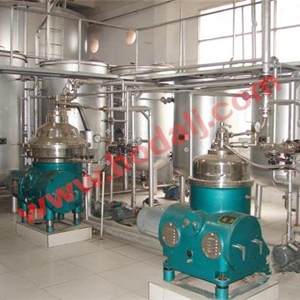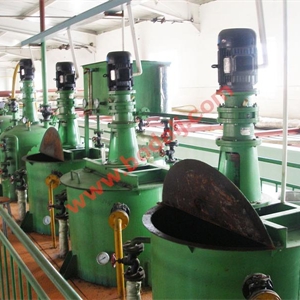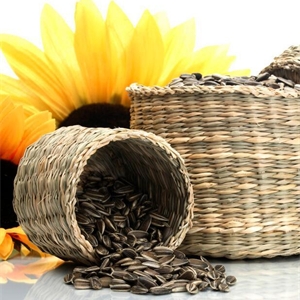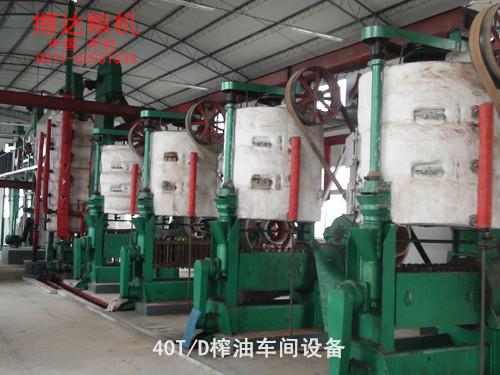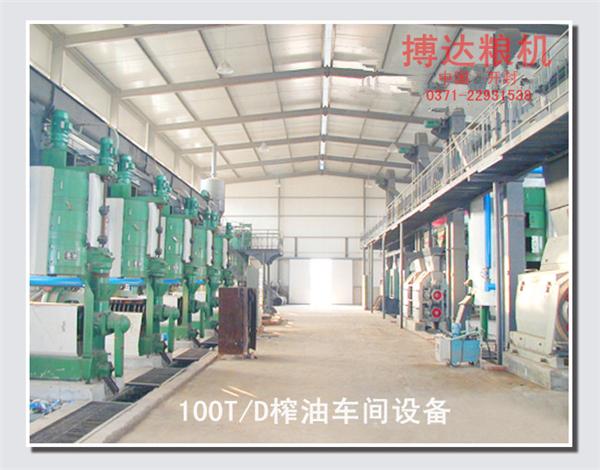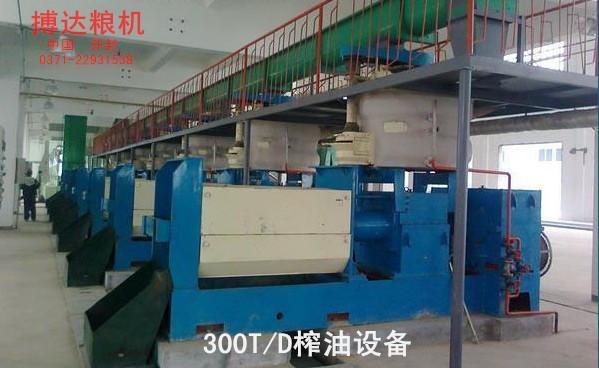detail
1. The main processing of crude oil refining:
The process of refining reduces the free fatty acid, phospholipids, carbohydrates, or proteins. The most widely practiced
form of refining method is an alkali treatment. By treatment of the fats and oils with an alkali solution, the free fatty acid
converts into water soluble soaps. Phospholipids carbohydrates and proteins also can be changed to water soluble substances
with hydration.After the alkali treatment, the fats and oils are washed with water to remove residual water soluble soaps.
1. Crude oil
2. Degumming
3. Deacidification
4. Bleaching
5. Frame filter
6. Deodorization
7. Dewaxing
8. Leaf filter
2. The crude oil refining oil quality
1. Grade one for salad oil
2. Grade two for high quality cooking oil
Dewaxing:
Dewaxing system plays an important role in improving palatability, transparency and brightness of oils. The wax content is
different in various oils. For maize oil, rice bran oil, sunflower seed oil, cottonseed oil etc., de-waxing is very important. The dewaxing methods are freezing, surface active agents, cold polymerizer, electrostatic, and winterizing etc.
Currently winterizing method is most popular. The crystallizing temperature, crystallizing velocity, and crystal maturating time and filtering mode vary with oils.
Deodorization:
Oil deodorization is the process which makes use of the different volatility between the odor substances and the triglycerides in the oils and
fats to remove the odor substance by means of the steam distillation under the condition of high temperature and fine vacuum. Oil deodorized
can not only remove the odor substances, increase the smoke point of oils and fats, and improve the flavor of edible oil, but also can enhance the stability,
color and quality of oils and fats to some extent.
3. Specification:
| Main economic technical parameters | |
| Steam consumption | 450KG/T oil |
| Electric consumption | 28Kwh/T oil |
| Phosphoric acid | 2~3 kg/T oil |
| Circulating water cooling water yield | 150m3/H |
| Bleaching earth consumption | 5~50Kg/T oil |
| Waste bleaching earth oil content | <35% |
| Deodorization loss consumption | ≤0.5% |

